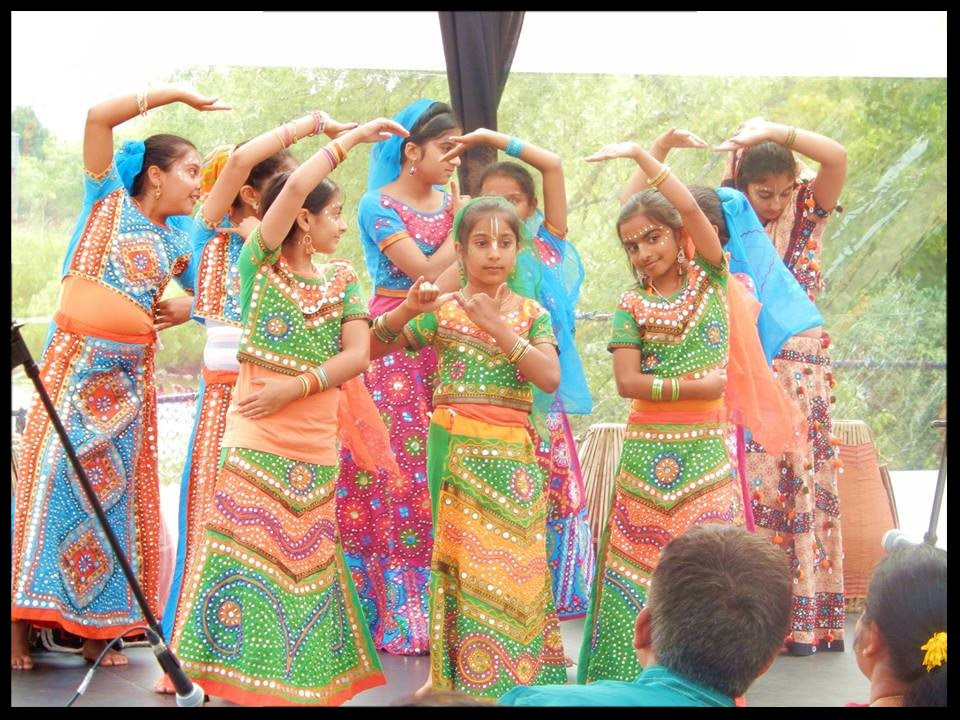
Especially for devotees having reservation for street/door-to-door distribution, but WANT to participate.
The uniqueness of this mode is to leverage the Circle of Influence (CoI) of each devotee & create a network. CoI contacts can be Friends, Relatives, Previous/Present Colleagues/Neighbors, Shopkeepers, anyone approachable.
Phase 1:
· Make a list of 10-15 very close people from your CoI contact, with whom you can freely talk.
· Call 3-5 people from that list daily. The list will be exhausted in 3-4 days.
Phase 2:
· By now, you would have gained some confidence.
· Now increase the CoI list to be as exhaustive as possible. Do NOT discriminate or speculate if the person would be interested or not. Just list people whom you know.
· Call fixed number of people every day in the descending order of your comfort level.
· If some are not interested you may ask for references whom you can contact. This can create good leads.
Phase 3:
· Identify the leaders in CoI contacts: Like chairman/secretary/president of any business, philanthropic, religious organizations, housing society, clubs, etc.
· Seek their guidance to increase Gita distribution within their circle of influence.
· They can give referrals, table space or stage time in their events, etc.
Phase 4:
· Use the collected phone/mobile numbers in your congregation preaching programs and in the temple.
· Use the telephone directory to make blind calls. Need to figure out the success rate for this mode.
Follow-up:
· Follow-up with those who pledged to buy, till the book reaches them. If need be, post it to them OR connect them to local devotee/temple to arrange Gita for them.
Testimonies – Experiences of THIS mode of book distribution:
· Called a devotee friend. He offered to distribute Gita to all students in his son’s school. His budget was 200 Gitas. He got 200 Gita sponsorship from other source. So total of 400 Gita distribution pledged.
· A friend tapped his 20 CoI contacts and distributed 2,000 Gitas.
· Called a cousin. He bought 50 Gitas to distribute in his circle.
· Called a school friend. He decided to distribute 40 Gitas to guests on his parent’s 50th wedding anniversary.
· Called college friends. He decided to gift Gita in his building and society. One distributed 15 another 20.
· A school friend bought Gita for himself although he thought it would be difficult to understand. We assured discussion whenever needed. This way, we can also create a Gita Study Circle with book distribution.
We shall be happy to assist in designing step-by-step program suiting your nature & circumstance. E.g. If you are hesitant, your CoI contacts can be called by other family member or devotee, giving your reference.
Messaging Instead of Phone/Mobile:
· You may also use Messaging (SMS, Whatsapp, Viber, FB, etc.) to inform your CoI contacts. But address the person with name. General message without specific name of the person is not effective.
What to Speak·
· This is a Gita Jayanti month when the Gita was spoken.
· To celebrate, ISKCON/we are distributing Bhagavad Gita.
· If you may please support this noble cause:
ü Buy Gita for yourself
ü Sponsor Gitas to gift your friends, family, colleagues, business, children’s school, enemies :-), etc.
ü Sponsor Gitas and we can distribute for you.
Advantages of this mode of book distribution:
· Rapport is already there with known people. So easy to approach. Most are ready requiring gentle push.
· Less probability to allow mind to overpower us.
· Instead of head-on face-off with our false ego, this is the moderate way around.
· Creates momentum to inspire street or door-to-door distribution for further purification.
· We may be able to distribute bigger quantity of books.
Good to have:
· Please be detached to book count. If easier, let people buy from local temple. Even if the count goes to that temple. Your work is done as long as the Gita gets in your contact’s hand.
· Apply for unlimited phone/mobile calling scheme so that you do not incur excessive cost for these phone calls. E.g. Airtel-India landline charges Rs. 99/- per month for unlimited calls to landline/mobile within India.
Mood:
· Please see this as a service of engaging the Jiva and for our own purification.
· Do not focus to get the money or high book score. Focus on Giving.
· Please ignore and don’t feel dejected if someone says NO. Our service is to try to distribute books. Not that what is my score or what is my collection. BG 2.47: “Karmanye vadhikaraste ma phalesu kadacana…..”. Krsna told Arjun to fight the battle and not to win the battle.
Other Optional Points for the script:
ü This is SHASTRA DAAN – Greatest kind of Charity of Divine Knowledge
ü This BHAGAVAD GITA is a Manual of Mankind
ü If any festival is round the corner: “Wonderful Time to offer Wonderful Gift (Bhagavad Gita) to Wonderful People in your life.”
ü As said, “There is no better gift than Gita to be given to or to be received from.”
ü Lord Krishna says in Bhagavad Gita (BG 18.68-70) that one who distributes this message of Bhagavad Gita is Most Dear to Him and recipient of His Blessings.
ü Some may say their contacts not interested: Story:- Bhagavad Gita was given to an uninterested person. He disposed it to old book shop. A student picked it and became a devotee with his 3 brothers. Preached to his teacher & he also became a devotee with family. And the network continued.
ü Few Celebrity Readers of Bhagavad Gita: Albert Einstein, Mahatma Gandhi, Sri Aurobindo, Ralph Waldo Emerson, Spiritual teachers of India.
We shall be happy to assist in designing step-by-step program suiting your nature & circumstance.
E.g. If you are hesitant, your CoI contacts can be called by other family member or devotee, giving your reference.
If you may have any questions then we shall be happy to answer.
Please share your experiences and feedback with us.
Thank you very much.
your servant,
Sanjay Krsnacandra das KCS
ISKCON-Japan
Email: sanjay.karanji@gmail.com
Phone/Whatsapp/Viber: +91-7874499982 (India)
Skype: sanjay.karanji


 Seminar on Mentorship System
Seminar on Mentorship System












































